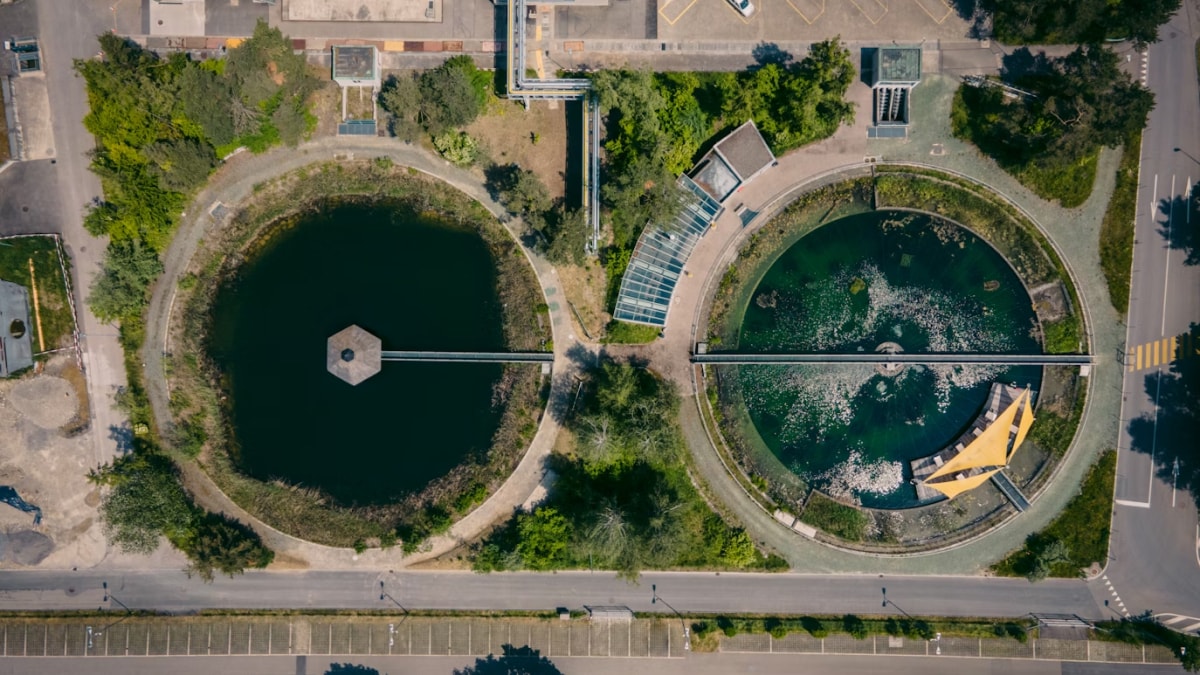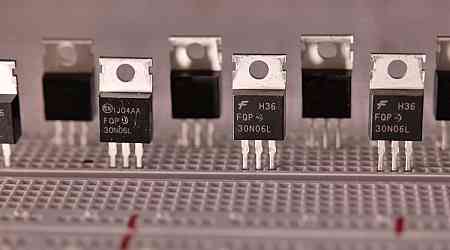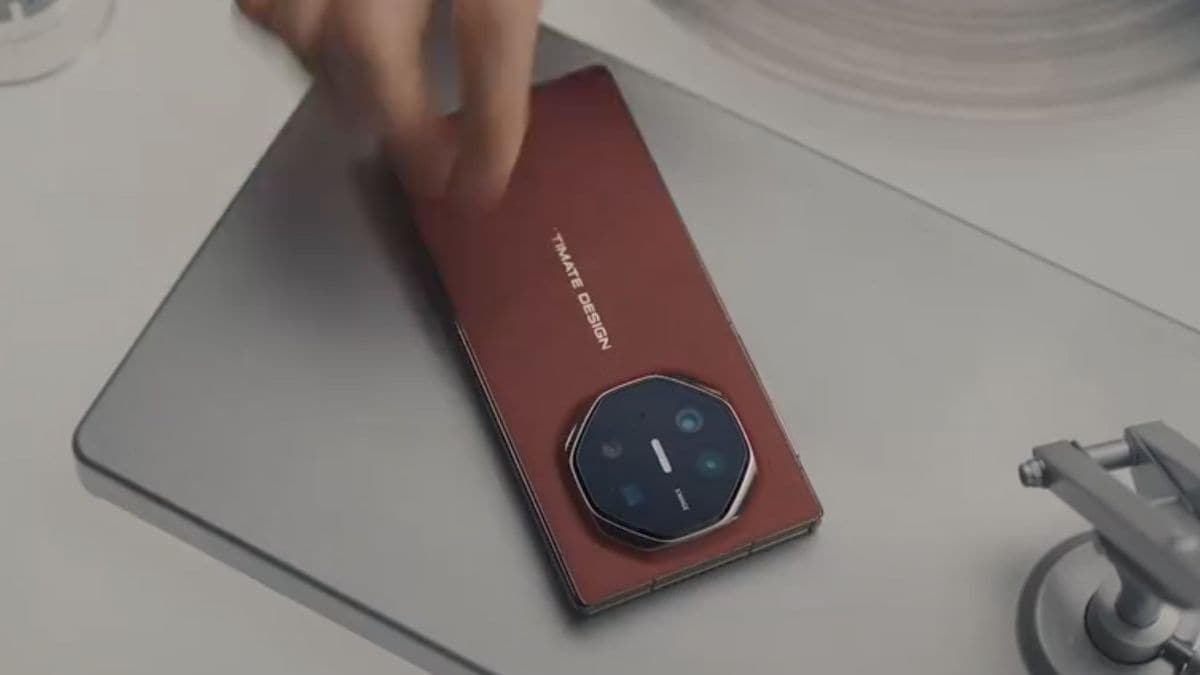Indian researchers at the Institute of Nano Science and Technology (INST) in Mohali, led by Dr. Bhanu Prakash, have developed a new technique to address chromium contamination in wastewater. This technique employs sunlight as a catalyst in combination with microfluidic technology to convert toxic hexavalent chromium [Cr(VI)] into the less harmful trivalent chromium [Cr(III)]. This development has significant implications for industries like leather tanning and electroplating, known for high chromium discharge.
WHO Standards and Traditional Methods
The World Health Organisation (WHO) has set stringent limits for chromium in drinking water: 0.05 mg/L for hexavalent chromium and 5 mg/L for trivalent chromium. Reducing hexavalent chromium is essential due to its high toxicity. Conventional methods for chromium removal, such as ion exchange, adsorption, and chemical reduction, tend to be costly and often lack efficiency.
Details of the New Method
Dr. Bhanu Prakash's team at INST has introduced a continuous flow photoreduction process using TiO2 nanoparticles and sunlight. They validated this method with a smartphone-based colourimetric technique to monitor chromium reduction in wastewater. The use of microfluidic technology allows for precise control over flow rate and reactor dimensions, thereby enhancing the reduction efficiency.
Advantages and Future Potential
A key advantage of this method is its cost-effectiveness and reliance on renewable energy. Microfluidic reactors in this process enable the reuse of the photocatalyst without complex recovery procedures. The researchers achieved a 95% reduction in chromium levels using a serpentine microreactor with an anatase phase photocatalyst by optimising parameters such as reactor design and flow rate.
Published in the Chemical Engineering Journal, this research demonstrates the potential for scaling up. By setting up parallel microfluidic reactors or enhancing reactor surfaces, the researchers aim to improve the efficiency and capacity of this process, making it a promising solution for large-scale wastewater treatment.
































